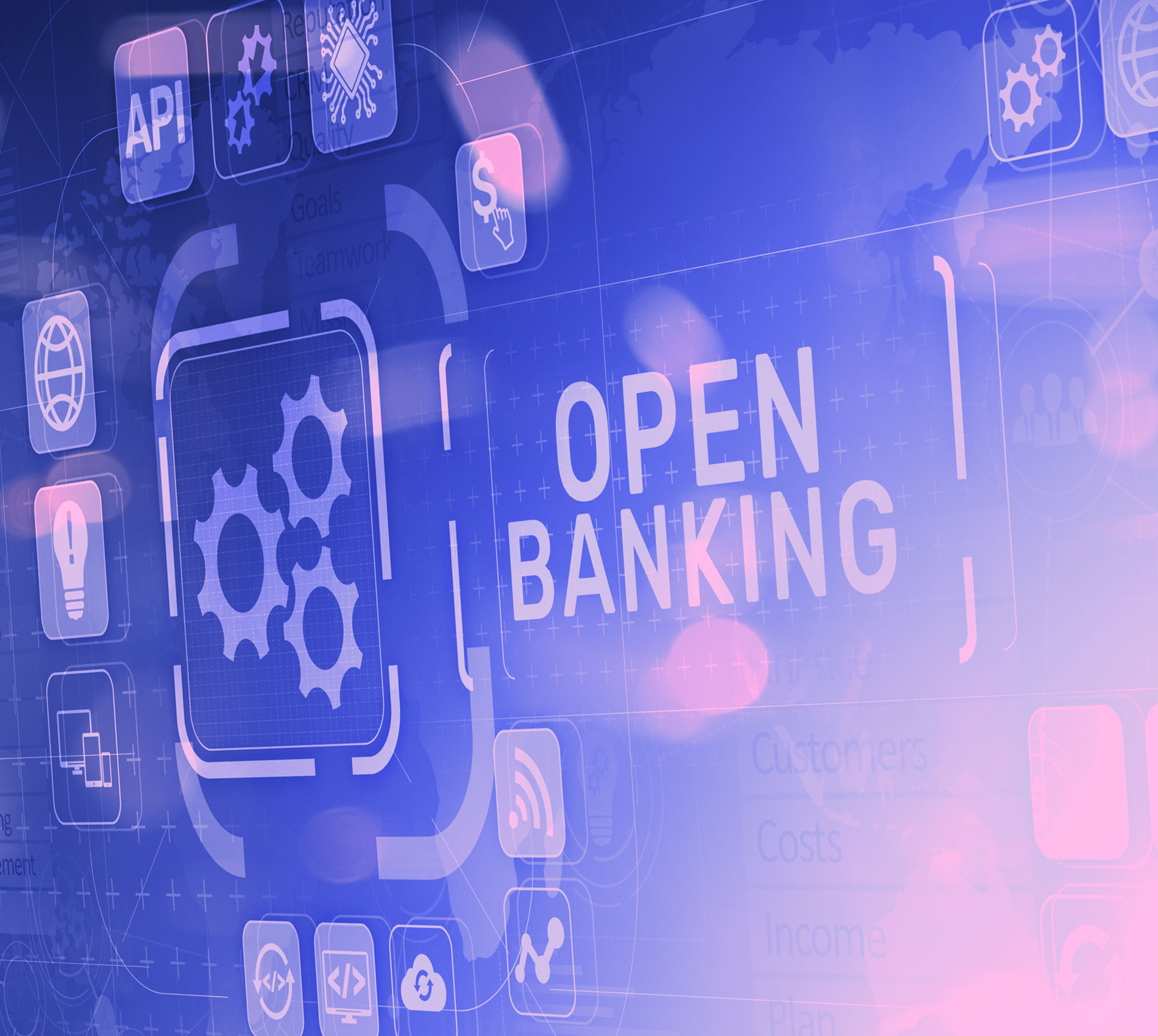The second phase of Open Banking in Brazil was initiated last Friday, August 13th, after being postponed by the Central Bank of Brazil. The second phase was initially forecast to start on July 15th.
Read also: Open Banking in Brazil: what will change?
Now, clients will be able to share their personal data with participating institutions. Further, users will be able to share additional information such as transactions, credit cards, or hired credit products.
Next steps
The third phase of Open Banking will be initiated on August 30th. It will be possible to share payment transaction initiation services and forward credit operation proposals at this stage. This allows facilitated access to financial services through the most convenient channels to customers.
Phase four is expected to be initiated on December 15th, allowing clients to share information on their investments, private pension, insurance, exchange, and more. This will widen the offer of solutions and will enable consumers to use financial products and services that are more accessible, personalized, and integrated.
The benefits of Open Banking
With Open Banking, clients will be able to share their information and receive customized offers from financial institutions. This means customers will have access to solutions that best fit their needs — and possibly at a lower cost, as Open Banking encourages competition between institutions.
How customers can share their information
The entire process will be done electronically. According to information from the Central Bank of Brazil, the receiving institution must request consumers’ consent to share their data.
After that, users will be notified that they will be redirected to the transmitting institution’s environment, where they will be able to authenticate and confirm the sharing of their data. Clients will then be redirected back to the receiving institution’s environment to complete the operation.
More details can be found on the Central Bank of Brazil’s website.



